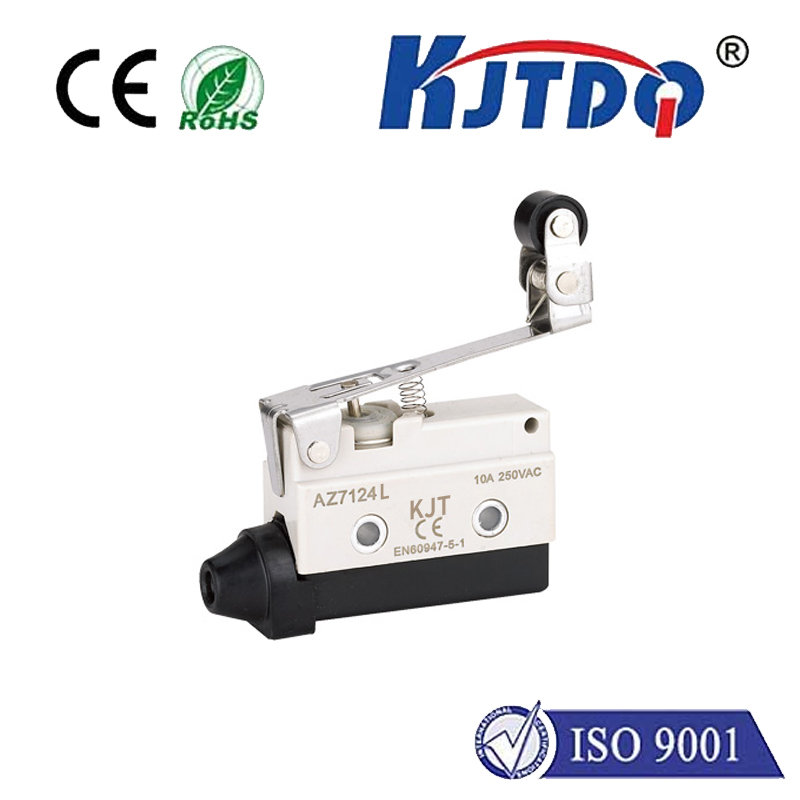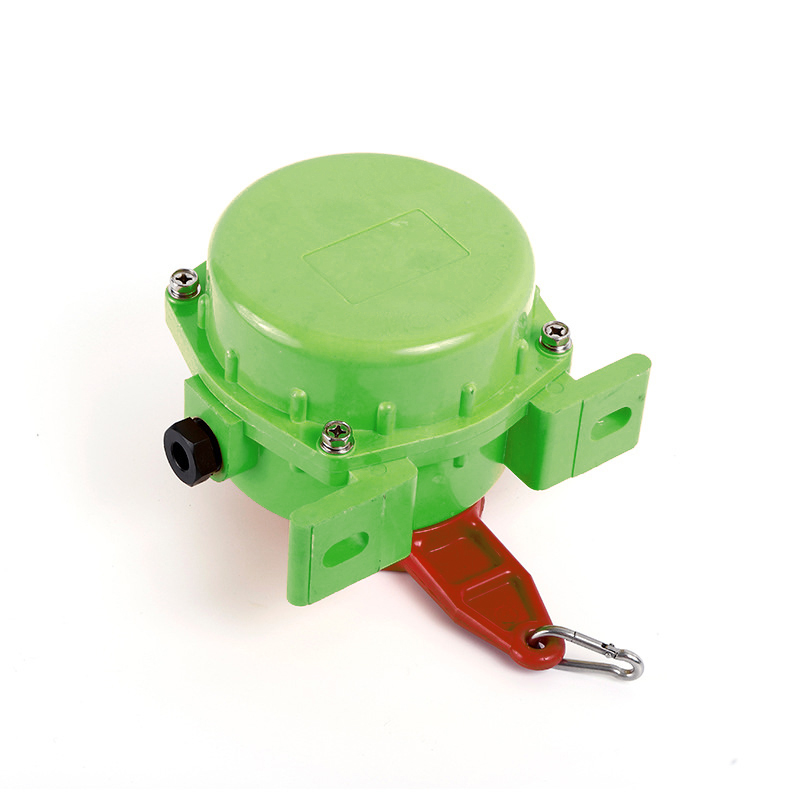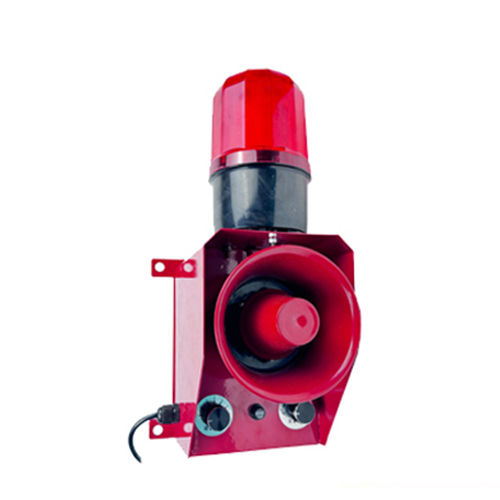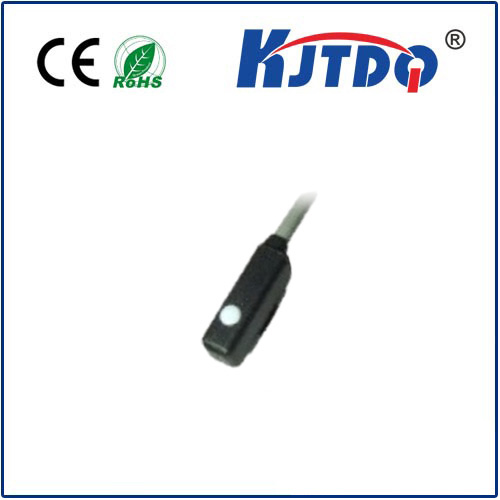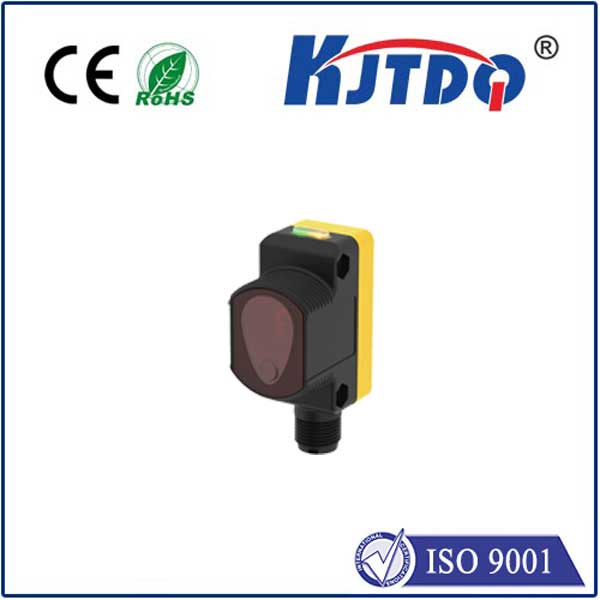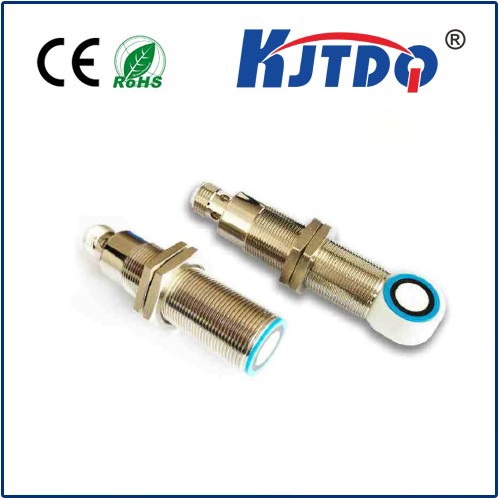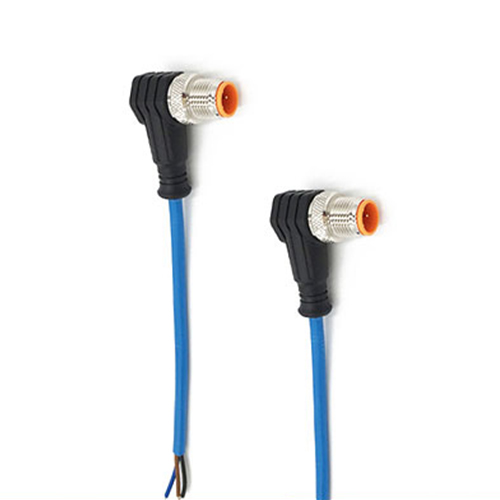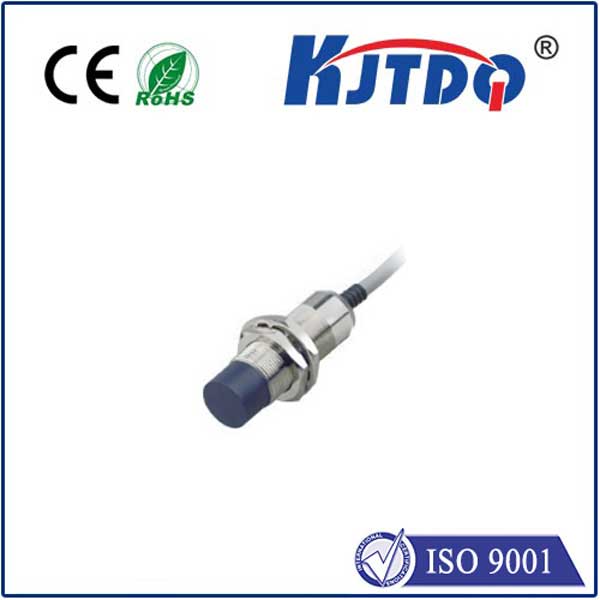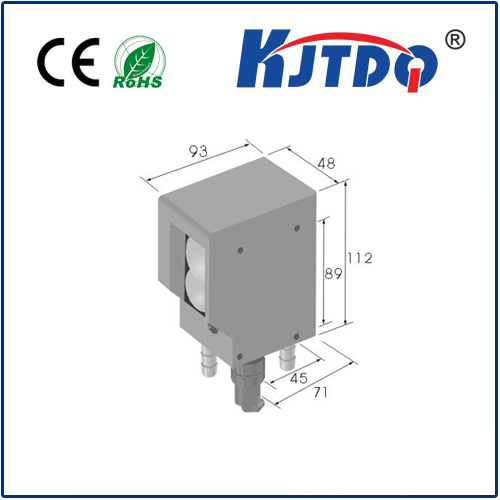E3T-SL23 5M fiber optic photoelectric sensor
- time:2025-09-27 00:48:35
- Click:0
Unveiling Precision: Exploring the Omron E3T-SL23 5M Fiber Optic Photoelectric Sensor
In the intricate world of industrial automation, where precision, reliability, and adaptability reign supreme, sensing technology plays a pivotal role. Achieving accurate detection in confined spaces or challenging environments demands specialized solutions. The Omron E3T-SL23 5M fiber optic photoelectric sensor stands out as a prime example of engineering tailored for demanding applications. Let’s delve into what makes this specific sensor model a compelling choice for engineers and technicians globally.
Beyond Basic Sensing: The Fiber Optic Advantage
Photoelectric sensors are ubiquitous, detecting the presence, absence, or distance of objects using light. However, traditional sensors integrate the emitter and receiver into a single housing, limiting their deployment in tight spaces, extremely hot or cold zones, or areas requiring electrical isolation. This is where fiber optic photoelectric sensors revolutionize the game.
- Decoupling Light and Electronics: The core principle involves separating the light emission/reception function from the electronic processing unit. Light travels through flexible fiber optic cables (light guides).
- Conquering Confined Spaces: The sensing head (the tip of the fiber optic cable) is incredibly small – often just a few millimeters in diameter. This allows deployment in locations impossible for standard sensors.
- Immunity to Interference: Fiber optic cables are intrinsically immune to electromagnetic interference (EMI) and radio frequency interference (RFI), ensuring stable operation near motors, welders, or variable frequency drives.
- Environmental Resilience: The sensing head lacks electronics, making it resistant to vibrations, extreme temperatures (beyond what the amplifier unit can handle), and even certain chemicals, depending on the fiber material (typically stainless steel sheathed for ruggedness).
- Electrical Isolation: Since only light travels down the fibers, there’s complete electrical isolation between the sensing point and the amplifier unit, enhancing safety in potentially hazardous environments.
Focusing on the Omron E3T-SL23 5M: A Closer Look

The E3T-SL23 designation refers to a specific model within Omron’s extensive E3T fiber optic sensor range. The “5M” suffix clearly indicates the length of the bundled fiber optic cables: 5 meters. This provides significant reach and flexibility in routing from the sensing point back to the amplifier unit. Key characteristics of this model include:
- Amplifier Type: The E3T-SL series utilizes a “Slotted” amplifier unit. This means the amplifier has a physical slot where the fiber optic cable plugs are inserted. This design offers robust connections and easy configuration.
- Detection Method: The E3T-SL23 is typically a through-beam type fiber sensor. This requires two separate fiber optic cables: one for the emitter (TX) and one for the receiver (RX), positioned opposite each other. Detection occurs when an object interrupts the light beam traveling from the TX fiber to the RX fiber. Through-beam offers the longest sensing distances and highest reliability for opaque objects.
- 5-Meter Cable Length: The 5M length provides substantial operational range. This allows the sensitive amplifier electronics to be mounted remotely in a control cabinet or a more accessible, protected location, while the sensing heads tackle the challenging detection points up to 5 meters away.
- Reliability & Durability: Built to Omron’s high standards, these sensors offer long-term stability and resistance to harsh industrial conditions where the sensing tip is deployed.
Why Choose the E3T-SL23 5M? Key Advantages
- Unmatched Reach in Tight Spots: The primary advantage is deploying reliable sensing in incredibly confined spaces. Think small part detection on miniature assembly lines, verifying component presence inside machines, or detecting labels on tiny vials.
- Remote Sensing Capability: Mount the amplifier safely away from heat, vibration, or moisture, using the 5-meter fiber optic cables as a bridge to the actual detection zone.
- Enhanced Noise Immunity: Critical for modern factories filled with electronic noise, the fiber optic transmission ensures signals remain clean and detection remains stable.
- Simplified Maintenance: The modular design allows for easy replacement of just the fiber optic cables if damaged at the sensing point, without replacing the entire amplifier unit. This streamlines maintenance and reduces downtime costs.
- Versatility: Through-beam fiber optic sensors like the E3T-SL23 are excellent for detecting a wide range of small objects – from screws and coins to plastic components and labels – especially when high precision and small head size are paramount.
Where Does the E3T-SL23 5M Shine? (Typical Applications)
This sensor excels in scenarios demanding miniaturization, remote sensing, and noise immunity:
- Electronics Manufacturing: Detecting tiny components (chips, resistors, connectors) on PCBs or feeders. Verifying placement inside pick-and-place machines.
- Semiconductor & Wafer Handling: Monitoring the presence of delicate wafers within processing equipment where space is ultra-limited and contamination risks must be minimized.
- Small Parts Assembly: Ensuring screws, springs, pins, or miniature gears are present before assembly proceeds. Detecting fill levels in small containers or vials.
- Packaging Machinery: Verifying labels on small packages or blister packs. Detecting the presence/absence of pills or capsules.
- Precision Machinery: Monitoring tool position inside CNC machines or laser cutters where space is restricted and coolant/oil mist is present. Detecting end-of-stock for small diameter bars or wires.
- Harsh Environments: Sensing within ovens, freezers, under high-pressure washdown conditions (using appropriate heads), or near strong magnetic fields where traditional electrical sensors would fail.
Selecting the Right Fiber Optic Sensor
While the E3T-SL23 5M is a powerful tool, it’s crucial to ensure it fits the specific need:
- Detection Method: Is through-beam (requiring two heads) feasible, or would a diffuse-reflective type (single head, detects object reflectivity) or retro-reflective (single head with reflector) be more suitable? The application dictates the optimal method.
- Sensing Distance: Does the 5-meter cable length provide sufficient reach? Omron offers various cable lengths.
- Sensing Head Size & Material: Is the specific head size appropriate for the installation space? Is the material (e.g., stainless steel) compatible with the environment?
- Amplifier Features: Does the required output type (e.g., NPN/PNP transistor, relay) and any special functionalities (sensitivity adjustment, timers, teaching capability) align with the E3T-SL amplifier? Omron offers diverse amplifiers for different needs.
Embracing Precision in the Details
The Omron E3T-SL23 5M fiber optic photoelectric sensor is far more than just a product code; it represents a key enabling technology for sophisticated automation. By leveraging the unique properties of fiber optic transmission, it delivers unrivaled precision in confined spaces, robust remote sensing capabilities, and superior immunity to electrical noise. When your application demands reliable detection where space is minimal and environments are challenging, integrating a solution like the E3T-SL23 with its 5-meter reach can be the critical factor in achieving seamless, uninterrupted, and high-precision operation. Understanding the capabilities and ideal use cases of such specialized sensors empowers engineers to build more resilient and efficient automated systems.






